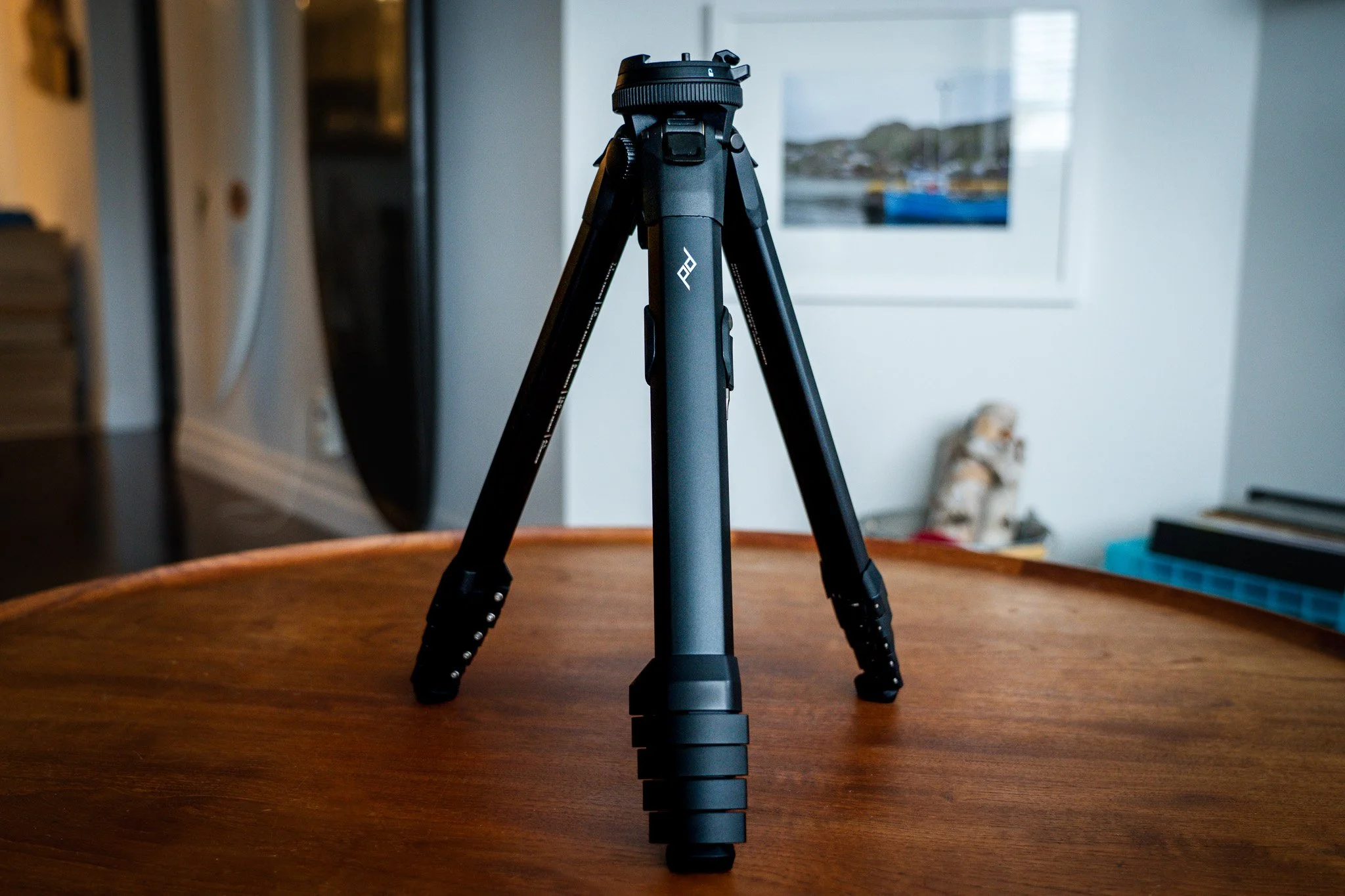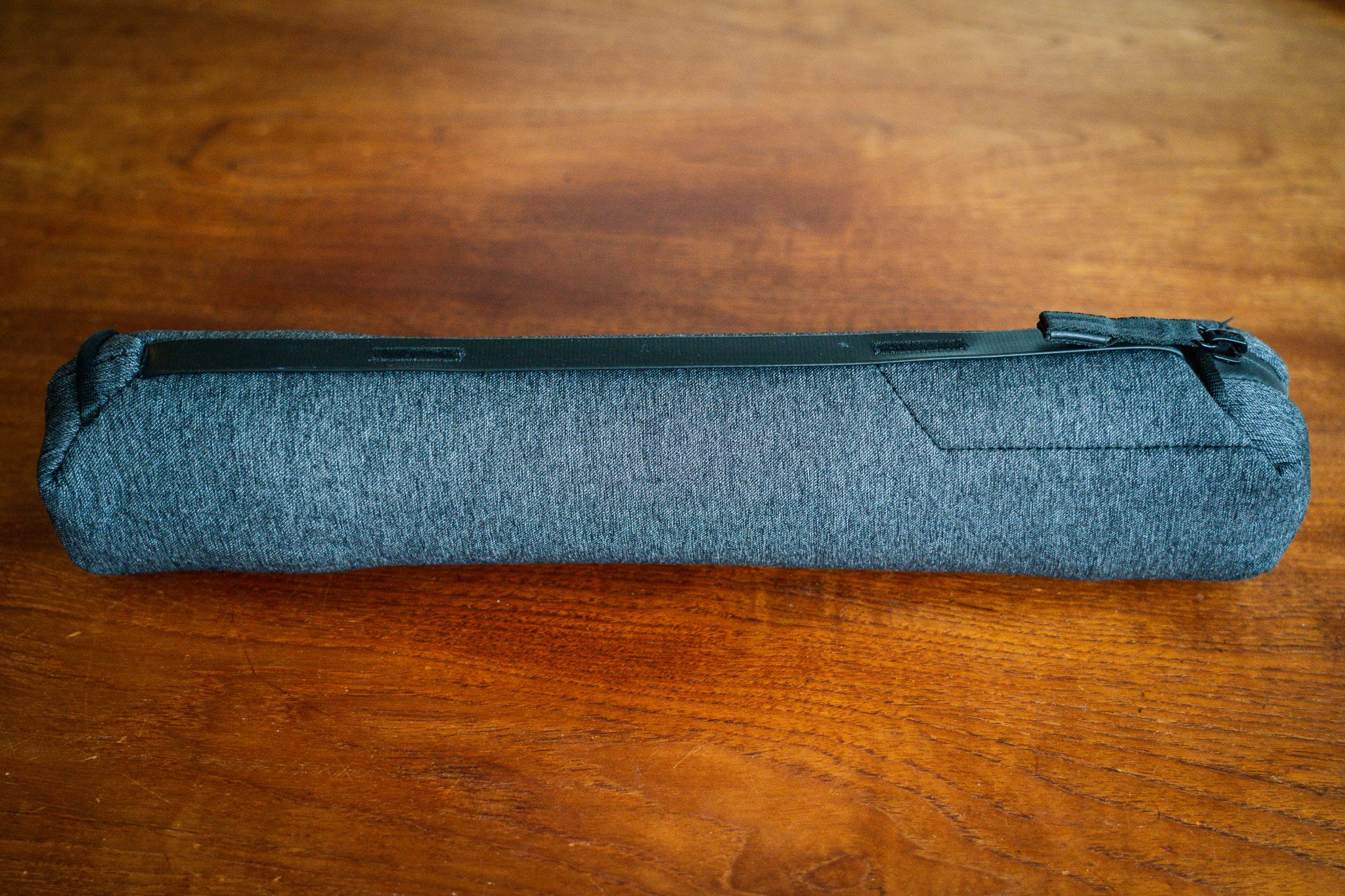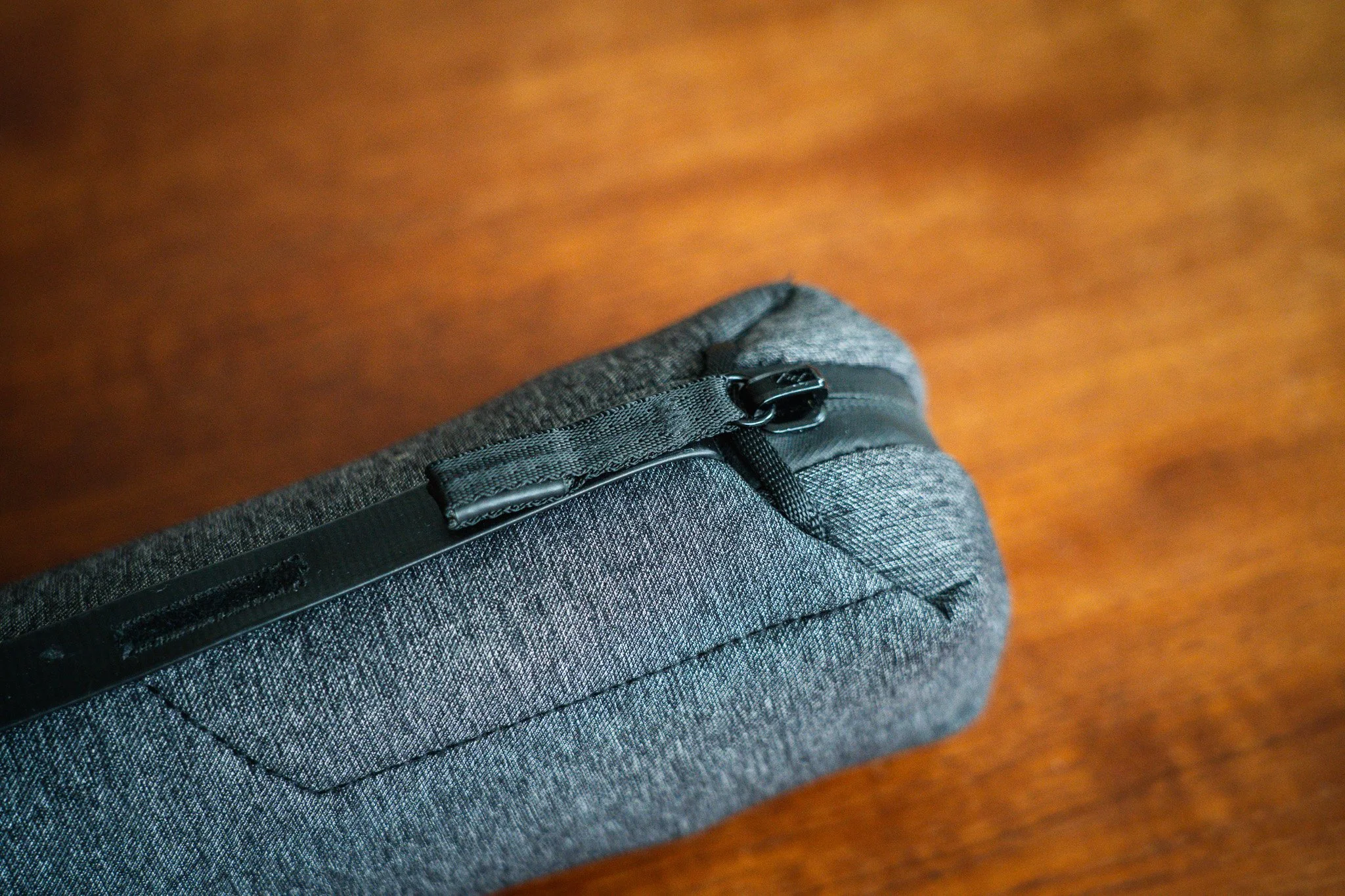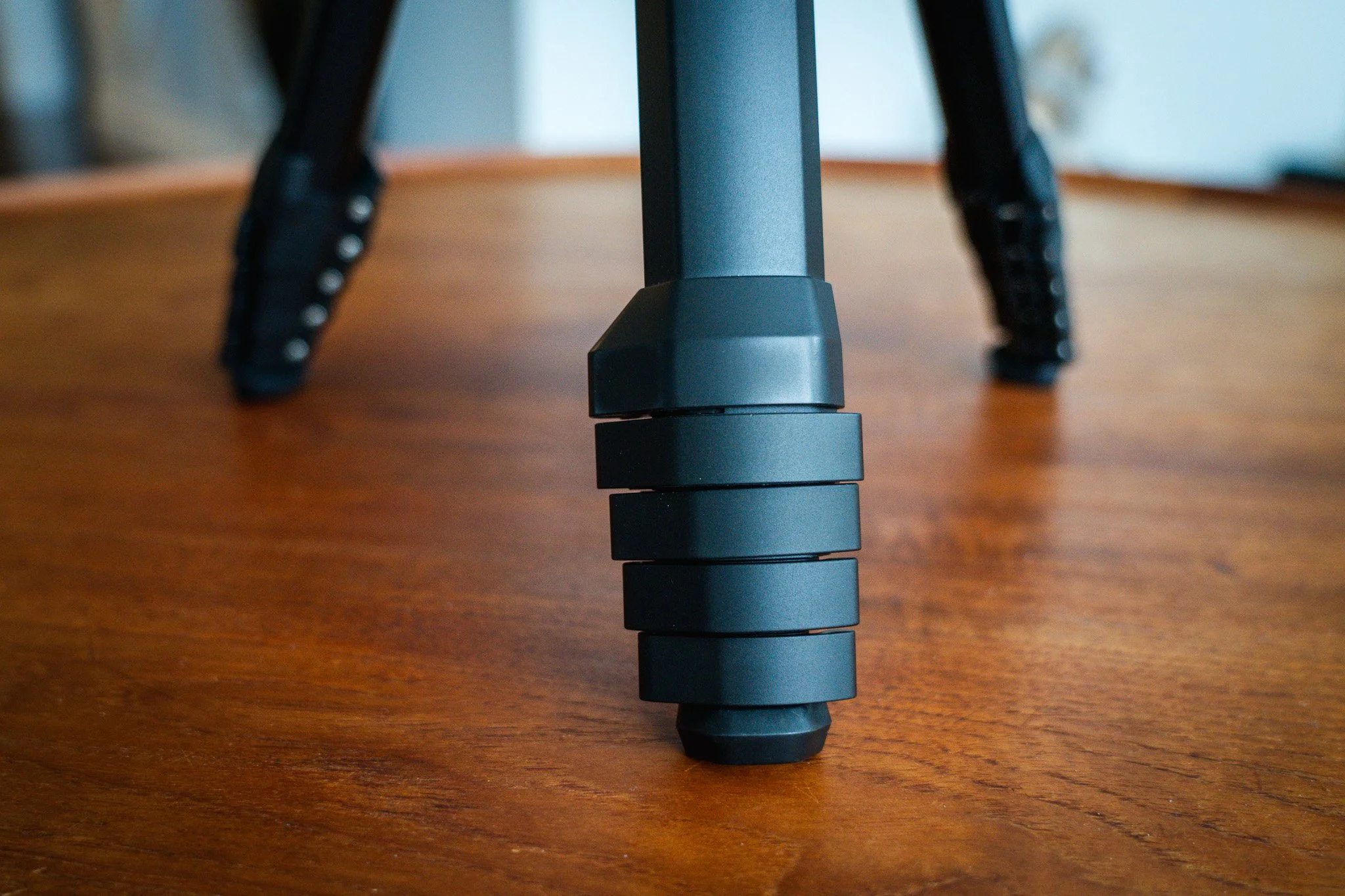Peak Design Travel Tripod Aluminum Review
A few years ago, I, like many photographers, were intrigued by Peak Design’s innovative travel tripods. They looked sleak, were apparently very well built, and were supposedly extremely compact and lightweight for travel. As a passionate travel photographer myself, I knew I needed to test one of these out on a trip. The only problem was that these tripods aren’t cheap. At $500 CAD for the aluminum version and $780 CAD for the carbon fiber version, these tripods come at a serious premium. But, after thinking and thinking and thinking things over, I decided I needed to give this epic travel tripod a go. Sure it’d be pricey, but I’d have a super lightweight, easy to carry tripod for photo shoots and travel, right?
So, with this reasoning in mind, I purchased the aluminum version of the tripod to try and achieve a lightweight travel tripod, while also limiting the pain on my bank account. After using this tripod pretty much exclusively for the past two years, I thought I’d share my thoughts with all of you and help you decide whether or not the aluminum version is worth the money, and whether or not you should opt for the more expensive carbon fiber version, or a completely different (and cheaper) travel tripod all together. Here we go!
Build Quality
If you’ve ever owned anything by Peak Design before, you probably already know where this portion of the review is heading. The Peak Design Travel Tripod in aluminum is built extremely well. When you use this thing for the first time, you instantly know that you will be able to use this tripod for years and years, even after utilizing it in the harshest conditions - which is exactly what you should expect from a good travel tripod.
The Peak Design Travel Tripod comes in a slim fitting soft shell case that wraps the tripod perfectly, helping to reduce its overall footprint. The zipper on the tripod case is also heavy duty, helping to keep dirt and moisture away from the tripod when you’re not using it.
When you pull the Peak Design Travel Tripod out of the case for the first time, its build quality becomes immediately apparent. The aluminum frame just feels solid in your hands. The legs pop out easily and stay in place firmly. The latches that extend each leg also feel high quality, and the legs themselves slide up and down super easily.
Parts of the tripod head and ball joint are made of a plastic material, however it still feels like a heavy duty plastic. Avoiding aluminum on portions of the tripod head may seem a bit odd after constructing the rest of the tripod out of aluminum, but the plastic head still feels very durable, while also helping save a bit of weight.
All in all, like everything Peak Design makes, the build quality of the Peak Design Travel Tripod in aluminum is solid. This thing feels like it could easily withstand a photoshoot in the desert followed by an intense alpine trip in the mountains.
Design & Ease of Use
A lot has already been written about the design of this tripod. The Peak Design Travel Tripod is an extremely innovative design, somehow transforming typically bulky travel tripods into something not much wider than a water bottle.
Everything on this tripod is designed to make it more compact when travelling. As mentioned above, the case wraps around the tripod snugly, ensuring that there is literally no extra bulk material drooping off the tripod when you pack it. This small detail alone saves a ton of room in your luggage or camera bag when packing.
Most travel tripods leave a fair amount of space between the legs even when they’re folded inwards and not in use. Not here. The Peak Design Travel Tripod’s legs press together very tightly when they’re folded inwards, leaving almost no visible space behind them. This significantly reduces the overall footprint of the tripod, again making packing for travel a breeze.
The tripod head is a very small flat platform, and the ball joint rests right underneath it. The design of the tripod allows the ball joint to essentially slip down behind the legs, allowing the flat tripod head to rest almost flush with the top of the tripod legs. Most tripod heads jut out above the legs a few inches when the tripod isn’t being used. The Peak Design Travel Tripod head literally disappears, helping this tripod truly become a space saving marvel for any trip.
But what about the design when it’s in use? Well, for a travel tripod that is so unbelievably compact, the legs actually extend out to the height basically of a non-travel tripod. And this tripod even includes a height extender pole, allowing you to gain even more height. If that wasn’t enough, the extender pole actually has a small hook on the bottom of it, which allows you to hang something heavy beneath the tripod head. This essentially provides more weight and stability to the tripod, which is essential when shooting in windy conditions (again, this is designed to be the ultimate travel tripod). To use the extender pole, all you need to do is unwind a knob at the top of the legs, and then slide the extender pole up and down. Tighten the knob to secure the extender pole in place.
Lastly, as already mentioned above, the Peak Design Travel Tripod head and ball joint are pretty innovative. They are both very compact, but work super easily. To attach your camera to the tripod, all you need to do is attach the provided base plate to the bottom of your camera, pull down the little latch on top of the tripod head, release the latch once the camera/base plate is in place, and then twist the tripod lock into place.
But how do you attach the base plate to your camera? Well, the base plate has a small screw in it that goes into the bottom of your camera. Luckily, Peak Design has actually integrated a small screw driver right into the leg of the tripod, which makes attaching or removing the baseplate quick and easy (no more digging through your camera bag for your multi-tool). Including such an easy access tool is clutch for travel, as you need to be able to quickly swap out one base plate for another depending on what you’re shooting. For instance, you may be snapping some photos on the tripod of an epic sunset, and then quickly need to switch over to filming on a gimbal before the sun fully sets.
In typical Peak Design fashion, they seem to have thought of everything.
Travel Practicality
Given the size of this tripod, it is, of course, the most ideal tripod for travel in my opinion. With such a compact frame and case, the Peak Design Travel Tripod can easily fit in the tripod straps of most camera bags, in the water bottle holder, or even inside a carry-on luggage bag. This means there really isn’t any place you can’t take this bag.
The one thing I will say, however, is that this tripod is not that light. When carrying a full camera bag equipped with lenses, camera accessories and other items for your trip, the inclusion of the Peak Design Travel Tripod in aluminum does make the bag feel extremely heavy. It isn’t unbearably heavy, as I have lugged my camera bag around airports with it strapped to it for extended periods of time. It is noticeable though, and may require you to set the bag down every once in a while for a break depending on how heavy your overall camera bag is.
This has been my experience with the aluminum version of the Peak Design Travel Tripod, which, of course, will inevitably be heavier than the carbon fiber version. That version of the travel tripod may very well feel like a feather when attached to a camera bag, but the aluminum version definitely has a bit of weight to it.
As far as travel tripods go, however, the Peak Design Travel Tripod in aluminum is still very practical for travel due to its compact size, and, if you pack your camera bag smartly, it shouldn’t be too much of a burden when carrying it through airports or on a trek in the jungle.
Potential Cons
As noted above, the aluminum version of the tripod is a bit heavy, and is something to consider if you plan on carrying this tripod on your back for hours.
Other than that, the only thing to consider is the price. At $500 CAD for the aluminum version, this is not a cheap tripod. And if you’re now concerned that the aluminum version may be too heavy and want to spring for the carbon fiber version, now you’re looking at $780 CAD. Ouch.
With that being said, the build quality and compactness of this, in my opinion, makes it well worth the investment. Especially if you need a reliable tripod for photography work or extensive travels.
The truth of the matter is that any travel tripod is going to add some weight to your bag. There’s no way of avoiding it. Where the Peak Design Travel Tripod (even in aluminum) excels is that it does it in such a compact way without compromising any tripod features. In addition, it is also a fairly lightweight travel tripod in comparison to other travel tripods on the market.
Conclusion
The Peak Design Travel Tripod in aluminum is an extremely well built and easy to use tripod that is designed to perform for the long haul in even the toughest conditions. The tripod’s compact form allows you to pack it easily into most camera bags and carry-on luggages. The tripod’s ability to expand to the size of a full-size tripod allows you to easily snap all types of photos with zero compromise. Sure, the tripod can feel a bit heavy when packed and it also costs quite a bit, but all travel tripods add a bit of extra weight, and the build quality of this one ensures you’ll have a functioning travel tripod for years. If you’re in the market for a compact, well-built travel tripod, check out the Peak Design Travel Tripod first.
Grab your Peak Design Travel Tripod in Aluminum here! Please note, as an Amazon Associate I earn from qualifying purchases.






